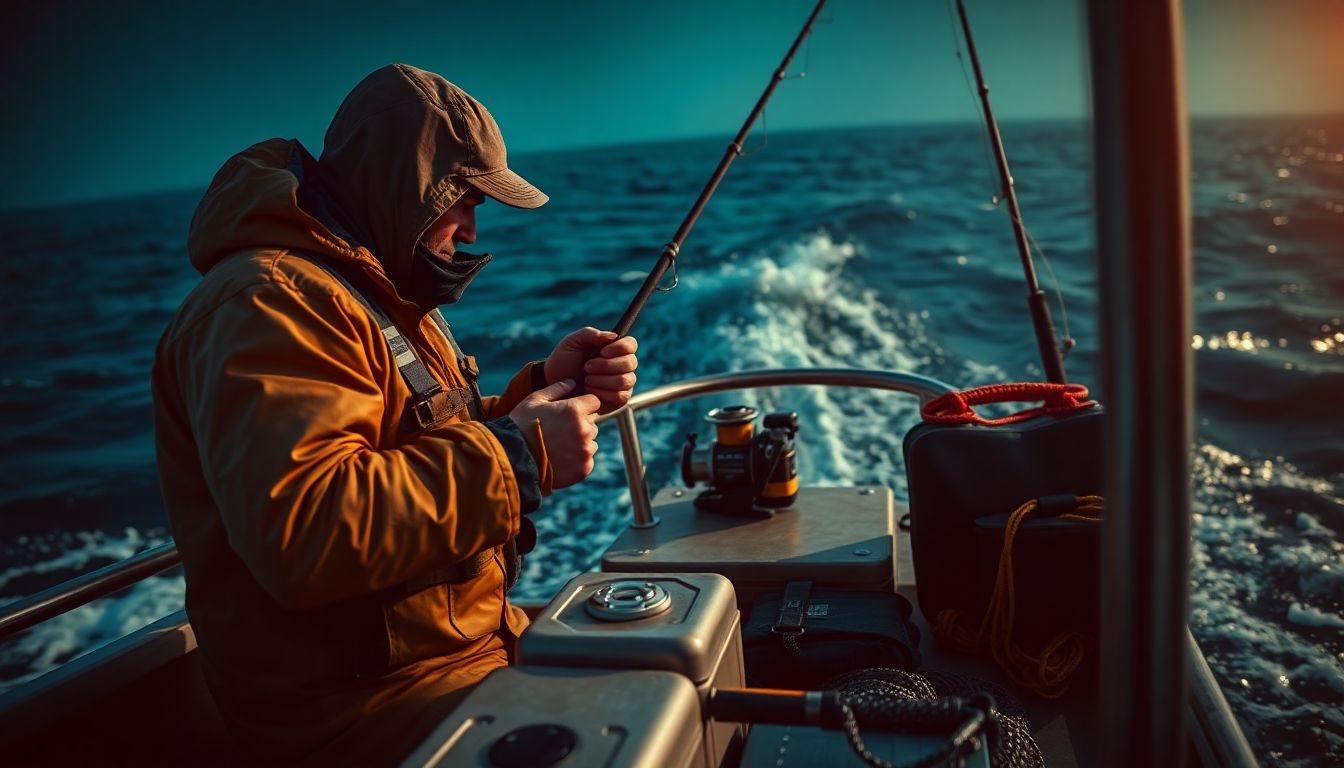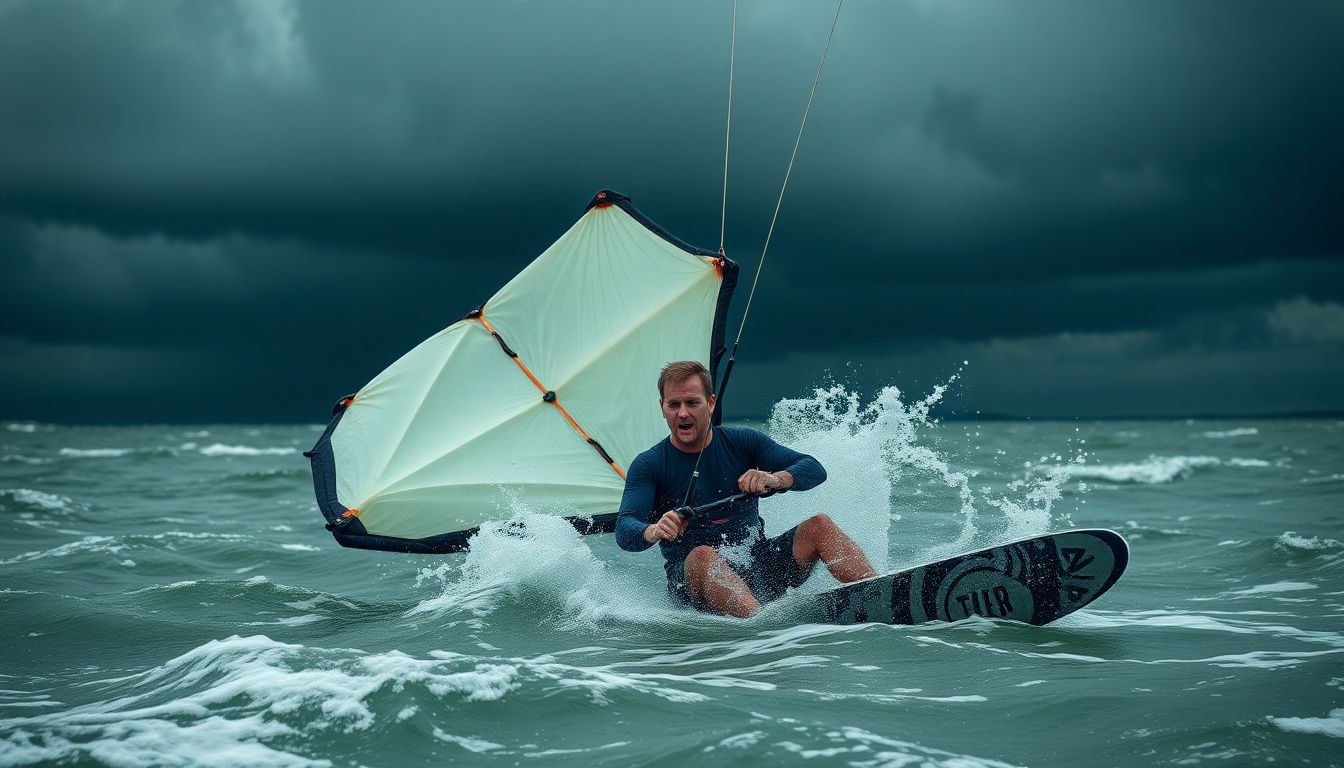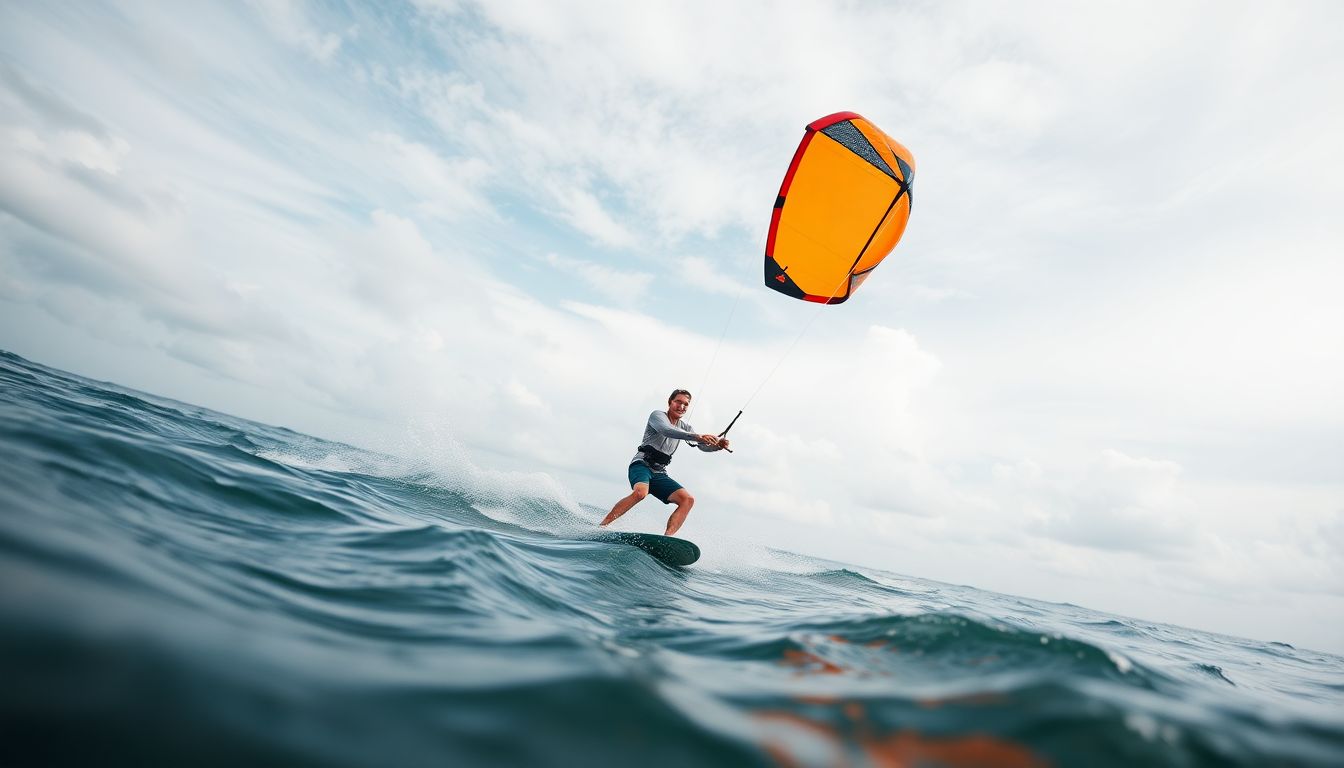A Deep sea fishing trip: the ultimate test of angler skill and patience, promising the thrill of a lifetime. But reeling in a trophy catch requires more than just a rod and reel. A successful deep sea fishing expedition demands meticulous planning and preparation. This comprehensive guide provides a step-by-step checklist to ensure your trip is safe, productive, and unforgettable. Forget the fishing horror stories; with careful preparation, you’ll be ready to conquer the deep.
[Also see The Best Locations for Deep Sea Fishing: A State-by-State Breakdown].
Gear Up: Assembling Your Deep Sea Arsenal
Essential Fishing Equipment: Rods, Reels, and Tackle
- Rods and Reels: Choose rods and reels designed for deep sea fishing. For example, Penn Senator reels are popular for their reliability. The Shimano Terez rods offer strength and sensitivity, ideal for battling big fish.
- Selecting Tackle: Your tackle needs to match your target species. For example, using heavier monofilament line for larger fish like tuna can prevent break-offs.
- Industry Statistics: Studies show that improper gear leads to 30% of fishing failures. Regular checks can keep your gear in top shape.
Clothing and Personal Protection: Battling the Elements
- Layering is Key: Wear layers to adapt to unpredictable weather. Start with a moisture-wicking base layer and add insulation as needed.
- Protective Gear: Sunglasses with UV protection, wide-brimmed hats, and high-SPF sunscreen (30+) are essential for skin protection from harmful rays.
- Waterproof Gear: Invest in waterproof jackets and sturdy shoes. These can keep you dry and comfortable, no matter the conditions.

Safety First: Emergency Preparedness
- Safety Equipment: Don’t forget life jackets for all on board. A well-stocked first-aid kit and reliable communication devices, such as VHF radios, are must-haves.
- Safety Procedures Checklist:
- Confirm all safety gear is onboard.
- Review emergency procedures with your crew.
- Establish a communication plan.
- Expert Advice: According to maritime safety experts, “Being prepared is your best defense against accidents at sea.”
Choosing Your Destination and Charter
Researching Prime Fishing Locations: Finding the Best Spots
- Popular Destinations: Consider spots like Florida Keys for mahi-mahi or the Gulf of Mexico for snapper. Each location offers unique fishing experiences.
- Comparing Charters: Look into different fishing charters. Read about their offerings and see what catches their clients’ attention.
- Check Reviews: Pay attention to ratings on sites like TripAdvisor to gauge customer satisfaction before booking.
Selecting a Reputable Charter: Ensuring a Smooth Trip
- Key Factors: When choosing a charter, review their experience, safety records, and customer service.
- Questions to Ask:
- How long have you been in business?
- What safety measures do you have in place?
- Can you provide references?
- Verification Resources: Visit the Coast Guard’s website to confirm charter credentials and ensure you’re in good hands.
Mastering Deep Sea Fishing Techniques
Understanding Your Target Species: Behavior and Habitats
- Common Species: Learn the habits of species like marlin and grouper. For instance, knowing that grouper hide in reefs can increase your chances of a successful catch.
- Attracting Fish: Use the right bait for your target species. Live bait often works best for larger fish.
- Successful Techniques: Drifting and trolling are effective methods in deep waters. Adjust your strategy based on what you observe.
Essential Deep Sea Fishing Trip Knots and Rigs
- Visual Guides: Look for online resources that provide step-by-step guides to essential knots. The Palomar and improved clinch knots are great for securing hooks.
- Rigs for Success: Choose the right rig for the situation. For bottom fishing, a drop shot rig might be most effective.
- Equipment Maintenance: Regularly check your tackle and make simple repairs before heading out to sea.
Embracing the Unexpected: Dealing with Seasickness and Other Challenges
Combating Seasickness: Preventing and Treating Nausea
- Prevention Tips: Over-the-counter medications like meclizine can help prevent seasickness. Also, foods that are easy on the belly, like crackers, can make a difference.
- Symptom Management: If nausea strikes, focus on the horizon and breathe deeply. Moving to fresh air can also help.
- Expert Advice: A travel medicine physician suggests, “Avoid heavy meals before boarding to reduce your risk of nausea.”
Adapting to Changing Weather Conditions: Staying Safe and Comfortable
- Weather Strategies: Keep tabs on the forecast before your trip. If things change suddenly, be prepared to adjust your plans.
- Comfort Tips: Bring extra layers to stay warm during unexpected chills. Waterproof gear will help if you’re caught in rain.
- Stay Informed: Use smartphone apps for real-time weather updates to keep your crew safe.
Post-Trip Essentials: From Catch to Cleanup
Cleaning and Storing Your Catch: Maintaining Freshness
- Proper Cleaning: Rinse your catch in seawater and fillet it as soon as possible to maintain freshness. Use ice to keep your catch cool.
- Preservation Methods: Consider freezing your fish or using smoking techniques to extend its shelf life.
- Sustainable Practices: Follow local regulations to ensure you’re fishing responsibly, contributing to the health of marine ecosystems.
Reviewing Your Trip: Learning and Growing as an Angler
- Reflect on Your Journey: Take time after your trip to note successes and areas for growth. What went well? What could improve for next time?
- Maintain a Fishing Log: Record details about your catches, techniques used, and locations visited. This can inform your future trips.
- Continuous Improvement: Embrace each fishing experience as a learning opportunity to develop your angling skills further. For more see here.
Deep sea fishing is an incredible experience, demanding preparation and skill. By following this detailed checklist, you’ll significantly increase your chances of a successful and memorable adventure. Remember safety first, and enjoy the thrill of the catch!








